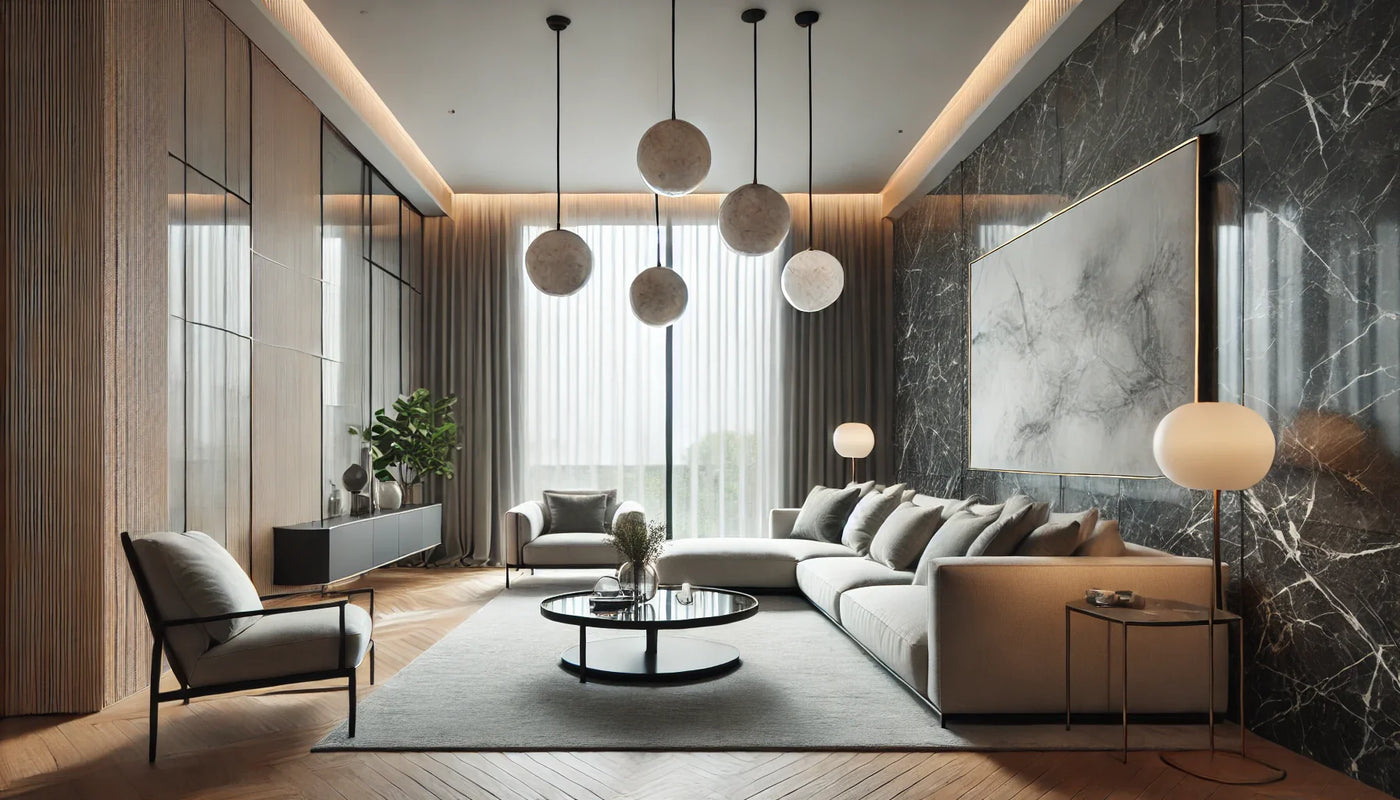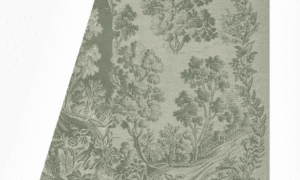Lighting plays a critical role in home design, not only for visibility but also for creating ambiance, accentuating architecture, and reflecting your personal style. When used together, wall lights and chandeliers form an elegant, layered lighting scheme that adds both practicality and visual interest to any space.
If you’re looking to elevate your home’s interior with sophisticated lighting choices, combining chandeliers and wall lights is an excellent approach. Here’s how to do it right.
The Role of Chandeliers in Interior Design
Chandeliers are often considered the crown jewel of lighting fixtures. Suspended from the ceiling, they offer a striking visual centerpiece while also illuminating a room with soft, ambient light. Though once reserved for formal spaces, chandeliers are now seen in kitchens, bedrooms, and even bathrooms.
Why Choose a Chandelier?
- Statement Piece: Instantly adds drama and elegance.
- Ambient Lighting: Fills large spaces with soft illumination.
- Versatile Designs: From ornate crystal to sleek contemporary metalwork.
Chandeliers work best in rooms with ample ceiling height and are especially stunning in foyers, dining rooms, and master suites.
The Function of Wall Lights
Wall lights, also known as sconces, are fixtures mounted directly to the wall. They are often used for accent or task lighting and can help balance the overall light in a space.
Key Benefits of Wall Lights:
- Space-Saving: Ideal for small rooms or areas where floor/table lamps would clutter.
- Layered Light: Reduces shadows and highlights textures or artwork.
- Decorative Detail: Adds character, especially when paired with a chandelier.
Wall lights are incredibly flexible and can be used in hallways, bedrooms, bathrooms, or living rooms to complement ceiling fixtures.
Why Combine Wall Lights and Chandeliers?
The secret to a well-lit room is layering. A chandelier alone may cast beautiful light from above, but it can leave shadows or miss important details. This is where wall lights come in—to enhance depth, focus, and function.
Top Reasons to Pair Wall Lights with Chandeliers:
- Visual Balance: Chandeliers command attention from the ceiling, while wall lights ground the eye at mid-level.
- Mood Control: Wall lights add a gentle glow that softens shadows created by overhead lighting.
- Functional Lighting: Perfect for reading corners, vanity areas, or flanking mirrors and artworks.
- Complete Illumination: Reduces dark corners and improves spatial perception.
Where and How to Use the Pair
- Dining Room:
Install a chandelier over the dining table for a focal glow, and add wall sconces around the perimeter for warm, even lighting. - Living Room:
Combine a chandelier in the center of the ceiling with wall lights beside bookshelves or artwork to add layers of interest. - Bedroom:
Use a chandelier for overall lighting and wall lights as bedside reading lamps to free up nightstand space. - Hallway or Entryway:
Let a chandeliers welcome guests with grandeur, while wall sconces offer guidance and atmosphere.
Design Tips for Cohesion
- Match or Complement Finishes: For a unified look, choose fixtures with similar materials—like matte black, brushed brass, or aged bronze.
- Mind the Scale: Ensure your chandelier suits the room’s size, and avoid oversized sconces in narrow spaces.
- Use Dimmers: Install dimmer switches on both fixtures to control light levels based on time of day or mood.
Final Thoughts
Wall lights and chandeliers aren’t just functional fixtures—they’re powerful design tools. When paired thoughtfully, they can dramatically enhance a room’s aesthetics, comfort, and usability. Whether you’re decorating a grand dining room or a cozy bedroom, using both will give your lighting design depth, flexibility, and timeless appeal.
Ready for a beautifully lit space? Start with a chandelier, frame it with elegant wall lights, and let your home shine—literally.


































